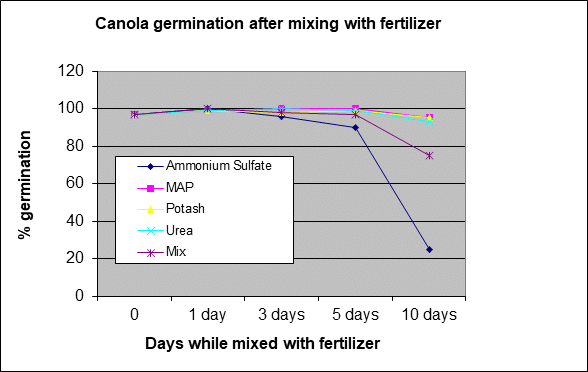Keep the upper hand on weeds
To achieve effective weed control now that weeds are off and running:
(1) TIME HERBICIDES RIGHT. Earlier always offers more control and better return on investment: pre-burn is preferable to post-seeding where possible; small weeds are easier to control than big; applying at 1-leaf crop staging offers significantly more yield benefit than at 2- to 3-leaf.
(2) Apply an ADEQUATE RATE. The window for applying at the low end of the label rate has mostly closed, except to control spring annual flushing weeds.
(3) TANK MIX. Herbicide supply and weather woes (especially wind) may limit the option for two pass application, so make sure one pass is effective. (Spraying tips for tough conditions)
Flea beetles are on the march
Flea beetle infestations are now popping up in the western Prairies. An extended seeding window, patchy rain, and/or wind highlight the importance of taking the time to assess flea beetle damage and making good control decisions based on in-field scouting.
Scout by assessing damage to 10 random plants in each of five representative locations in each field. The threshold for action is 25% leaf defoliation, but pull plants to look for stem feeding too (killing levels of damage from stem feeding should be counted as 100% leaf surface damage). Slow growing crops are at highest risk. (How to assess leaf area loss for flea beetle scouting)
How low is too low for plant density?
Deciding whether to leave, overseed, or spray out and reseed a poorly emerged field depends on plant density, uniformity, and timing. Given that it is already June, leaving the crop – so long as it has at least two plants per square foot and is relatively uniform – is likely the best option. Fields with low plant counts usually require two herbicides passes because of delayed canopy closure: is enough herbicide available? In addition to scouting for plant density and assessing causes of missing plants , scout early and often for top pests (especially flea beetles) and seedling diseases. (How to work through the reseeding decision)
A painfully difficult start
Inches more rain this past week in much of MB, eastern SK and the northern Peace aren’t helping already saturated fields. Drill-seeding is still preferable but broadcast / aerial seeding may be necessary. Be aware of toxicity if mixing certain fertilizers, especially ammonium sulphate, with seed (see graphic from Manitoba Ag below). Skip the broadcast phosphorus – there is little upside in warm soil.
** Think SAFETY FIRST when working equipment in wet fields **
Though salvaging a volunteer canola crop might be tempting, these volunteers are F2 generation plants and carry more risk than reward due to plant and stand variability, the loss of disease and pod-shatter resistance, lack of seed treatment, fertilizer placement, low yield potential, and a drop in herbicide tolerance. Talk to a seed rep about contract legalities before saving volunteers.
